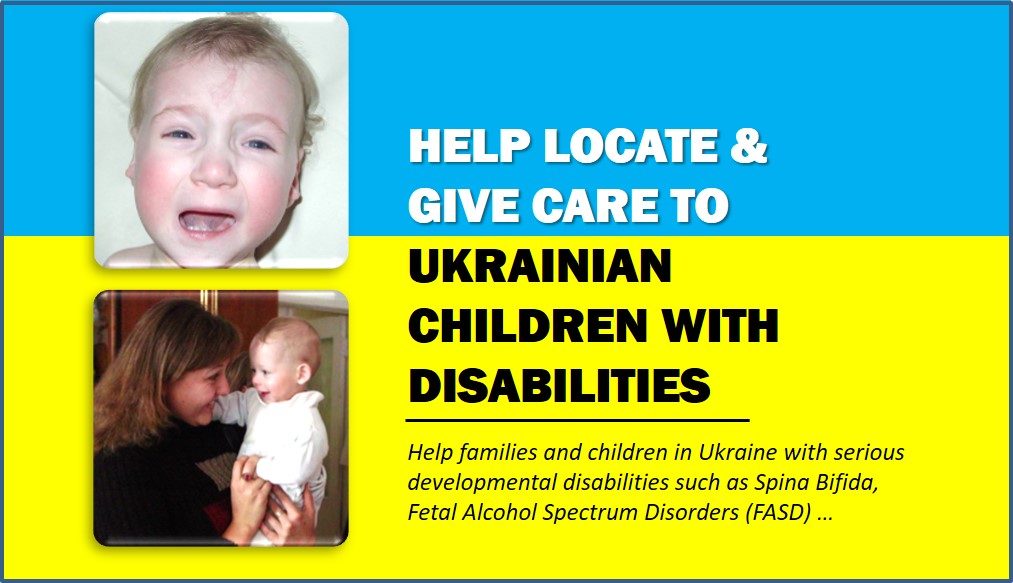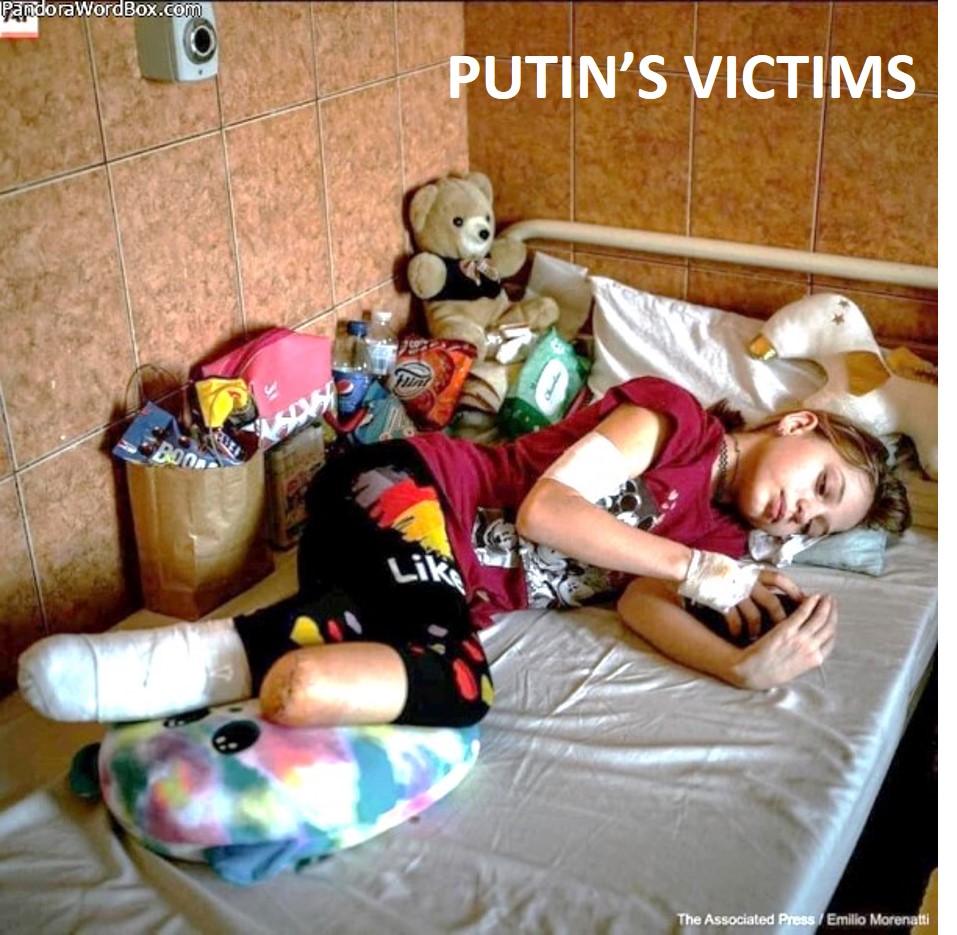Noonan
syndrome 1; NS1
Victor A. McKusick, OMIM, Johns Hopkins University, January 8, 2008
 [for Professionals mainly] [for Professionals mainly]
The disorder now known as Noonan syndrome bears similarities
to the disorder described by Turner (1938) and shown by Ford et al. (1959)
to have its basis in a 45,X chromosomal aberration ... Noonan (1968) reported
19 cases of whom 17 had pulmonary stenosis and 2 had patent ductus arteriosus.
Twelve were males and 7 were females. Deformity of the sternum with precocious
closure of sutures was a frequent feature ..
Noonan
Syndrome
Birth Defects Foundation. Noonan Syndrome Booklet.
 [for Professionals mainly] [for Professionals mainly]
This booklet,
is intended for individuals with Noonan Syndrome, parents, professionals
and friends. It has been produced to encourage greater awareness, and provide
a brief overview of current available information ...
Noonan
Syndrome
Jennifer Ibrahim, MD., Emedicine, December 12, 2007
 [for Professionals mainly] [for Professionals mainly]
Noonan syndrome
was first recognized as unique entity in 1963 when Noonan and Ehmke described
a series of patients with unusual facies and multiple malformations, including
congenital heart disease. These patients had previously been thought to
have a form of Turner syndrome ... The cardinal features of Noonan syndrome
are unusual facies(hipertelorism, downslanting eyes, webbed neck), congenital
heart disease(in 50%), short stature and chest deformity. Approximately
25% of individuals with Noonan syndrome are mentally retarded ...
Noonan
Syndrome
Pediatric Database, 2007
 [for Professionals mainly] [for Professionals mainly]
A disorder of unknown etiology with phenotypic
features similar to those of Turner syndrome ... hypertelorism with down-slanting
palpebral fissures (95%), deeply-grooved philtrum (95%), low-set posteriorly-rotated
ears with thick helix (90%), low posterior hairline (55%), high-arched
palate (45%), micrognathia (25%) ...
Noonan
syndrome
Philippe Jeanty, MD et al. TheFetus.net, May 27, 1999
 [for Professionals mainly] [for Professionals mainly]
Definition: Jacqueline A. Noonan described
in 1968, 19 cases of a syndrome very similar to the disorder described
by Turner. Among her patients 17 had pulmonary stenosis and 2 had patent
ductus arteriosus (12 males and 7 were females). Other anomalies include
lymphedema, pterygium colli, deformity of the sternum with precocious closure
of sutures resulting in a pectus carinatum superiorly and a pectus excavatum
inferiorly, coarctation of the aorta, cryptorchidism and thrombocytopenia.
As one realizes, aside from this syndrome occurring in both genders, there
is a large phenotypic overlap with Turner syndrome ...
Noonan
Syndrome Factsheet
Dr. Judith Allanson, M.D. Clinical Genetics, Noonan Syndrome Support Group, Inc
 [for Professionals mainly] [Support Groups] [for Professionals mainly] [Support Groups]
This pamphlet is intended
to give the patient and his / her family an overview of Noonan Syndrome.
Introduction ... History ... Features associated with the eyes ...
Features associated with the head and neck ...
Noonan
syndrome
Bodil Hasle, Association for Noonan syndrome
The frequency of the
Noonan syndrome is estimated to be between 1:1,000 and 1:2,500 in the general
population. It has not been investigated, but it is assumed that about
30–40 children per year are born in Norway with this condition ... At present
there are no biochemical tests to prove the diagnosis, but geneticists
are carrying out active research on this ...
Noonan Syndrome
Medline Plus, July 1, 2007
In some families, Noonan syndrome may have a male-to-male
transmission pattern. The symptoms vary. Frequently seen abnormalities
including webbing in the neck, changes in the sternun (usually a sunken
chest called pectus excavatum), facial abnormalities, and congenital heart
disease(usually pulmonic stenosis) ...
Noonan Support
Group (TNSSG)
Noonan Syndrome Support Group, Inc., 2007
 [Support Groups] [Support Groups]
It is believed that one in 1000 children worldwide are born with this
condition. Each day a child is born with the condition.
It's possible that 1:100 people carry the gene yet are virtually unaffected
and undiagnosed. Once affected, their is a 50/50 chance of passing the
gene on to one or more of their children. It can also occur sporadically,
presumably due to a new mutation ...
Noonan
Syndrome
Ability.org
 [Support Groups] [Support Groups]
The Noonan Syndrome sites.
SÍNDROME DE NOONAN
Joaquín Fernández Toral , Genética Pediátrica del Hospital Central de Asturias, Noonan Syndrome Support Group, Inc., February 2002
 [Support Groups] [Spanish] [Support Groups] [Spanish]
Francisco de Goya y Lucientes pintó este cuadro entre 1786 y 1788 para la Real Fábrica de Tapices. Se titula "Los pobres en la fuente" y actualmente está en el Museo del Prado ... las hendiduras palpebrales son llamativamente "antimongoloides", el párpado superior cubre el ojo más de lo normal, la conformación del macizo cráneo-facial es triangular, parece tener hipoplasia malar, la punta de la nariz es ancha, el cuello pudiera ser corto -aunque cabe que estuviera encogido por el frío o enfadado-, y los hombros se ven redondeados. También parece de baja estatura pues el cenit de su cabeza llega a la altura del ombligo de la mujer adulta ... su talla sería de unos 100 cm ... era hipocrecido ... se puede sospechar la posibilidad de un síndrome de Noonan ... Uno de los más frecuentes (1/1.000 a 1/.2.500 recién nacidos vivos), es el llamado de Noonan (Jacqueline Noonan y D.A. Ehmke en 1963), de gran polimorfismo expresivo y en el que el signo guía más importante para el diagnóstico son los peculiares rasgos faciales a los que se asocian en combinación variable al menos uno de los siguientes: talla baja, piel redundante en cuello, implantación baja del pelo en la región occipital, deformidad esternal, cardiopatía (fundamentalmente estenosis de la válvula pulmonar), criptorquidia... y en algunos casos, déficit mental. Todo ello en un fenotipo que va cambiando evolutívamente (Allanson) y con una fórmula citogenética normal. (Ver más adelante la valoración de los criterios diagnósticos) ... ETIOLOGÍA: ... el locus donde se ubica el gen que condiciona el fenotipo de al menos un gran porcentaje de personas con S. de Noonan y que se sitúa en 12q24 (Jamieson) ...
PUESTA A PUNTO DEL SÍNDROME DE NOONAN
Jesus Argente et al., Journal D'Endocrinologie Pediatrique, June 28, 1999
 [Spanish] [Spanish]
una afección a menudo desconocida: su frecuencia está pues subestimada, pero podría ser del orden de 1/2000 nacimientos (síndrome de Turner 1/2500 niñas) ... Los aspectos clínicos son evocadores cuando se explora un niño de baja talla con una fácies particular: hipertelorismo, ptosis palpebral, hendiduras palpebrales antimongoloides, hipoplasia malar, labio inferior grueso. Por detrás, el cuello es corto y ensanchado, con implantación baja del cabello, a menudo de aspecto lanoso; finalmente las orejas tienen una implantación baja y están en rotación posterior ...
Pекомбинантный гормон роста <Биосома> в лечении детей с наследственными заболеваниями и синдромами, сопровождающимися низкорослостью
А.Д. Царегородцев et al., NatureWeb.Ru,
2007
 [Russian] [Russian]
В группе детей с нарушениями роста при первичных и вторичных поражениях соединительной ткани (5 больных) были представлены следующие нозологические формы: несовершенный остеогенез (у 1), ахондроплазия (у 2), гипохондроплазия (у 1), метафизарная дисплазия (у 1). Все генетически гетерогенные заболевания, составляющие эту группу, объединял общий клинический признак - резкая задержка роста детей. У всех больных показатели роста были ниже 3-го центиля ...
________________________________________________________________________________________________
Last Updated: 2008/2/18
________________________________________________________________________________________________
|


 [for Professionals mainly]
[for Professionals mainly]




